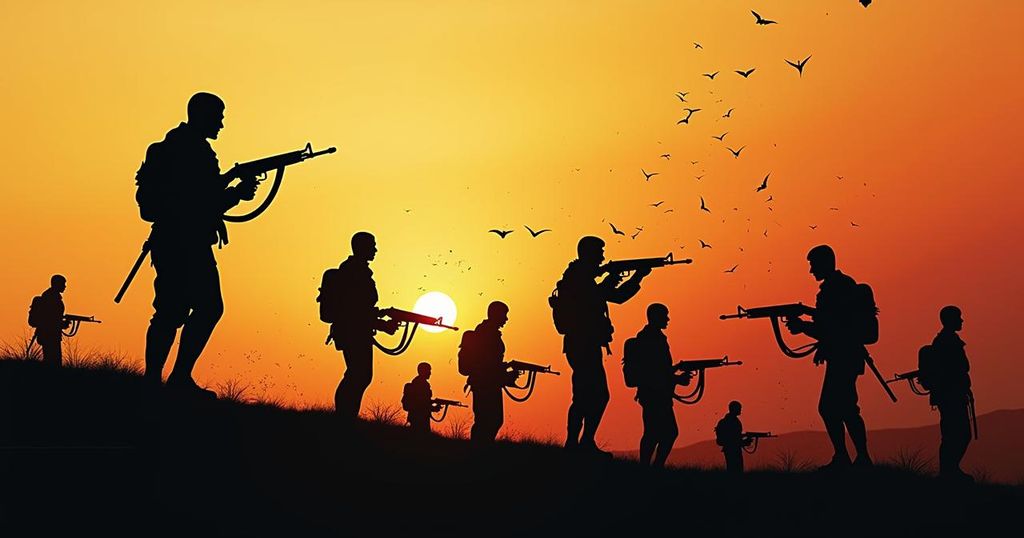Israel’s offensive against Hezbollah represents a pivotal moment in the larger post-post-Cold War geopolitical struggle, framed as a contest between inclusive nations seeking collaboration and authoritarian regimes resisting change. This reflects broader dynamics as seen in conflicts in Ukraine and the Middle East, with implications for international relations and regional power structures.
To comprehend the significant implications of Israel’s recent offensive against Hezbollah, it is crucial to situate this event within the broader spectrum of contemporary geopolitics. This framework has evolved beyond the classic Cold War dynamics, entering what can be described as a post-post-Cold War era. This new epoch is characterized by a contest between an inclusive alliance of nations, which may not all be democratic, advocating for greater collaboration and economic integration under the auspices of a United States-led initiative, and a faction of resistance dominated by authoritarian regimes such as Russia, Iran, and North Korea. The escalation following Hamas’ assault on Israel on October 7, 2023, signifies a deeper conflict that correlates with global tensions. Countries like Ukraine are seeking to exit the influence of authoritarianism by aligning themselves with Western institutions such as the European Union. Concurrently, Israel and Saudi Arabia have been making strides to foster normalized relations, thus striving for inclusion in the Middle East. Russia’s intervention aimed to prevent Ukraine’s western ambitions, just as Iran and its allied groups, such as Hamas and Hezbollah, are working to impede Israel’s partnerships with regional allies like Saudi Arabia. The integration of Ukraine into the European framework would lead to the realization of a Europe that is secure and unified, significantly isolating Russia’s autocratic leadership. Similarly, should Israel establish ties with Saudi Arabia, the resultant coalition would diminish Iran’s influence and its affiliated militant groups, thereby exacerbating the instability already present in those regions. In summation, the ramifications of Israel’s actions resonate globally, revealing the intense struggle between adaptive nations seeking collaboration and outdated regimes employing militarization to maintain their clout.
The article by Thomas L. Friedman discusses the evolving geopolitical landscape following the Hamas invasion of Israel on October 7, 2023. It paints a picture of the international order categorized into two main coalitions: the ‘coalition of inclusion’ comprising various nations working towards greater integration and collaboration under US leadership, contrasted with the ‘coalition of resistance’, which includes authoritarian governments opposing this progressive agenda. The conflict in the Middle East, alongside events in Ukraine, symbolizes this broader global contest, where nations strive for inclusion or resist under authoritarian regimes. Understanding this context is vital as it directly informs the dynamics of the current conflict involving Israel, Hezbollah, and their respective allies.
In conclusion, the current Israel-Hezbollah conflict cannot be viewed in isolation; it is part of a larger global struggle reflecting the tensions between progressive coalitions seeking inclusive partnerships and resistant authoritarian regimes clinging to power. As Israel grapples with the threat posed by Hezbollah and its backers, the outcome will have substantial implications for regional stability and the international balance of power, particularly concerning Iran and other authoritarian states.
Original Source: www.nytimes.com






